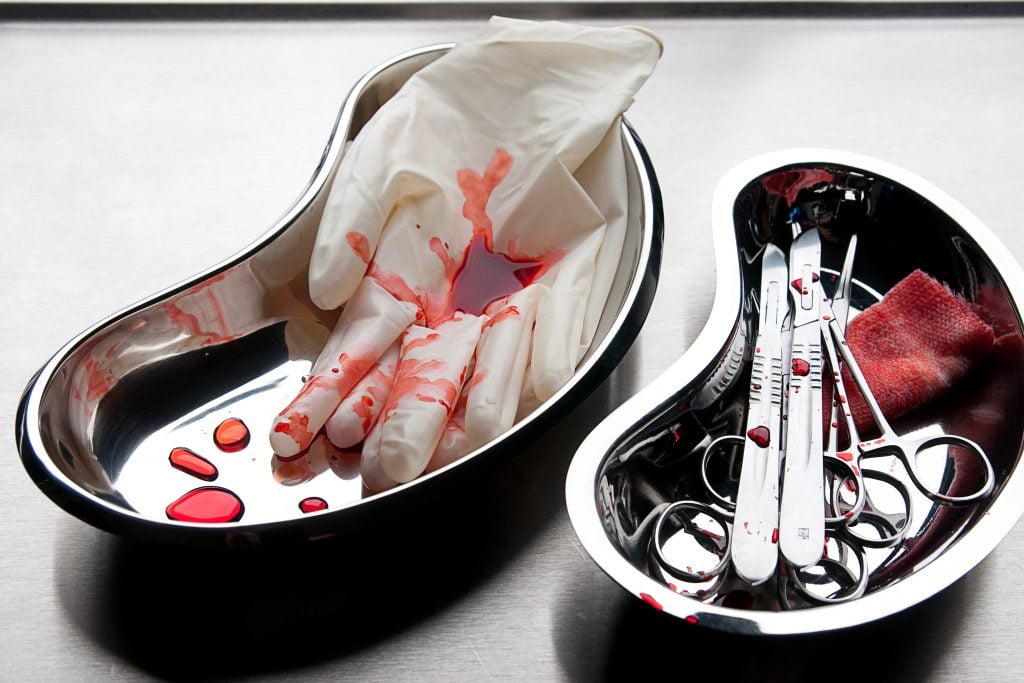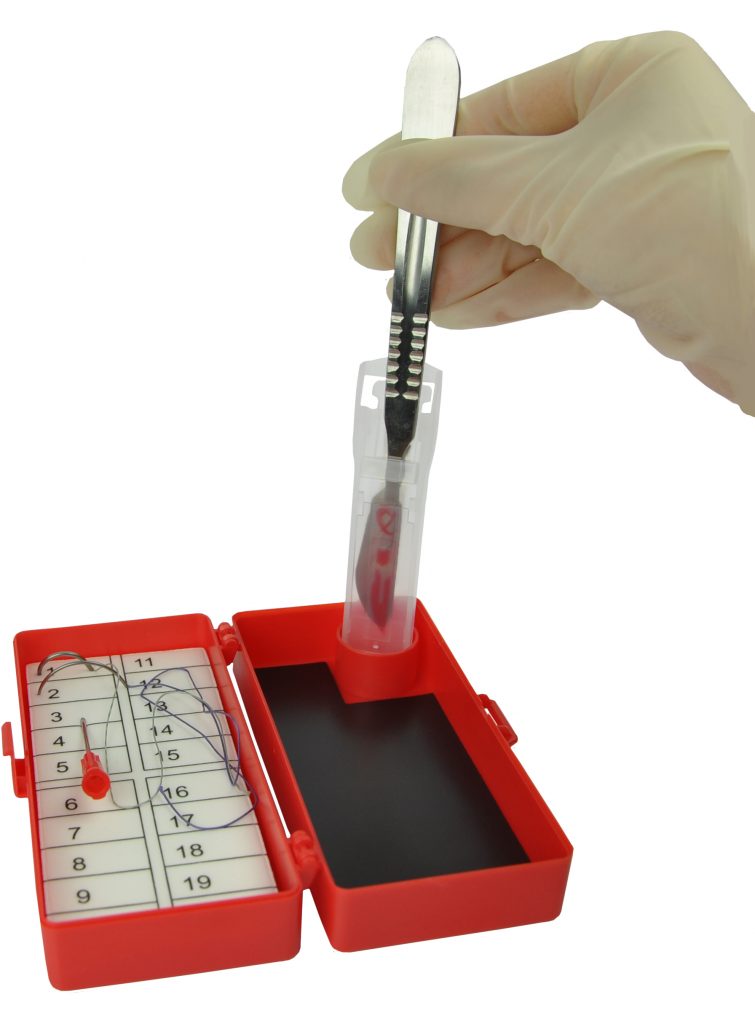Safe Practice Protects Downstream Workers Too
Sharps injuries and needlesticks are a threat that most healthcare professionals are wary of. Safety procedures are implemented with the aim to mitigate the risks involved when working with sharps. These procedures usually succeed in doing so when followed correctly by staff that use and are in direct contact with sharps. When they aren’t followed correctly however, direct users are not the only ones at risk.
Downstream workers come into contact with medical waste and equipment on a regular basis. They are not in control of the risk management involved in their job like nurses and surgeons might be. If a clinical staff member does not follow sharps safety procedures correctly, they are putting more than themselves at risk. The downstream workers that wash the linen and collect the waste for example are also at risk of a sharps injury or needlestick.
Some downstream areas include:
- Environmental Services
- Laundry Services
- Waste Handlers
- Visitors
- Administrative Staff
The Concern
In an interview with Repertoire magazine, Amber Hogan Mitchell (DrPH, MPH, CPH, president and executive director of the International Safety Center) said that nearly 30% of sharps injuries and needlesticks happen to non-users. Furthermore, Mitchell has reported that the inactivation of sharps injury prevention mechanisms (active safety features) is associated with approximately 72% of reported downstream injuries in the Operating Room.
Downstream workers can easily be stuck by a needle that was lost in some linen, or even cut by a scalpel blade that was not disposed of correctly. These downstream injuries occur through no fault of the victim. A report on needlestick injuries by the NHSScotland even goes so far as to say: “…those [needlesticks] occurring in ‘downstream’ areas must be due to inappropriate disposal of used needles by clinical staff and wholly avoidable by using good practice and procedures for needle disposal.”
Disease, Infection and Financial Cost
During and after disposal, the origin of a sharp object or needle is generally indeterminable according to the Occupational Safety and Health Administration (OSHA). As a result, the contraction of blood-borne diseases and infection becomes a very real possibility for the victim. In the case of a downstream worker, the unknown origin of the sharp object indefinitely widens the range of possible repercussions of such an injury and can be extremely distressing.
This uncertainty also means that downstream injuries can cost upward of 1,000 GBP (~1,800 AUD) due to distress alone. Treatment for bloodborne diseases that can be contracted from these injuries such as HIV adds further costs upward of 100,000 GBP (~186,000 AUD).
The Solution
So, what can be done to reduce or even eliminate downstream sharps injuries and needlesticks? In her interview, Mitchell stated that properly disposing of sharps and sharps containers prevents downstream injuries. While this may seem obvious, the fact that downstream sharps injuries are so common suggests that this is not being done consistently.
Mitchell also recommends the use of neutral passing zones, counting procedures, and a comprehensive sharps safety program. The Qlicksmart BladeNeedleSYSTEM caters not only for accurate counting of suture needles, but also safe disposal of scalpel blades. Qlicksmart also offers the BladeFLASK which is a single-handed scalpel blade remover that is also a sharps container. Using passive safety devices like these ensures sharps are accounted for and disposed of safely. This improves safety procedures and meets requirements, thus reducing injuries for direct users and downstream workers.
Sources:
“The blunt truth about sharps safety”
http://www.repertoiremag.com/the-blunt-truth-about-sharps-safety.html
“Needlestick Injuries: Sharpen your awareness”
http://www2.gov.scot/Resource/Doc/158726/0043078.pdf
“Safer Needle Devices: Protecting Health Care Workers”
http://www.osha.gov/dte/library/bloodborne/saferneedledevices/slide18.html



